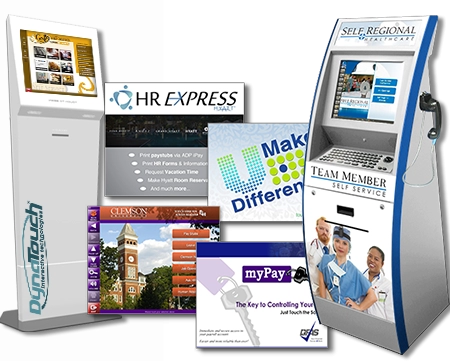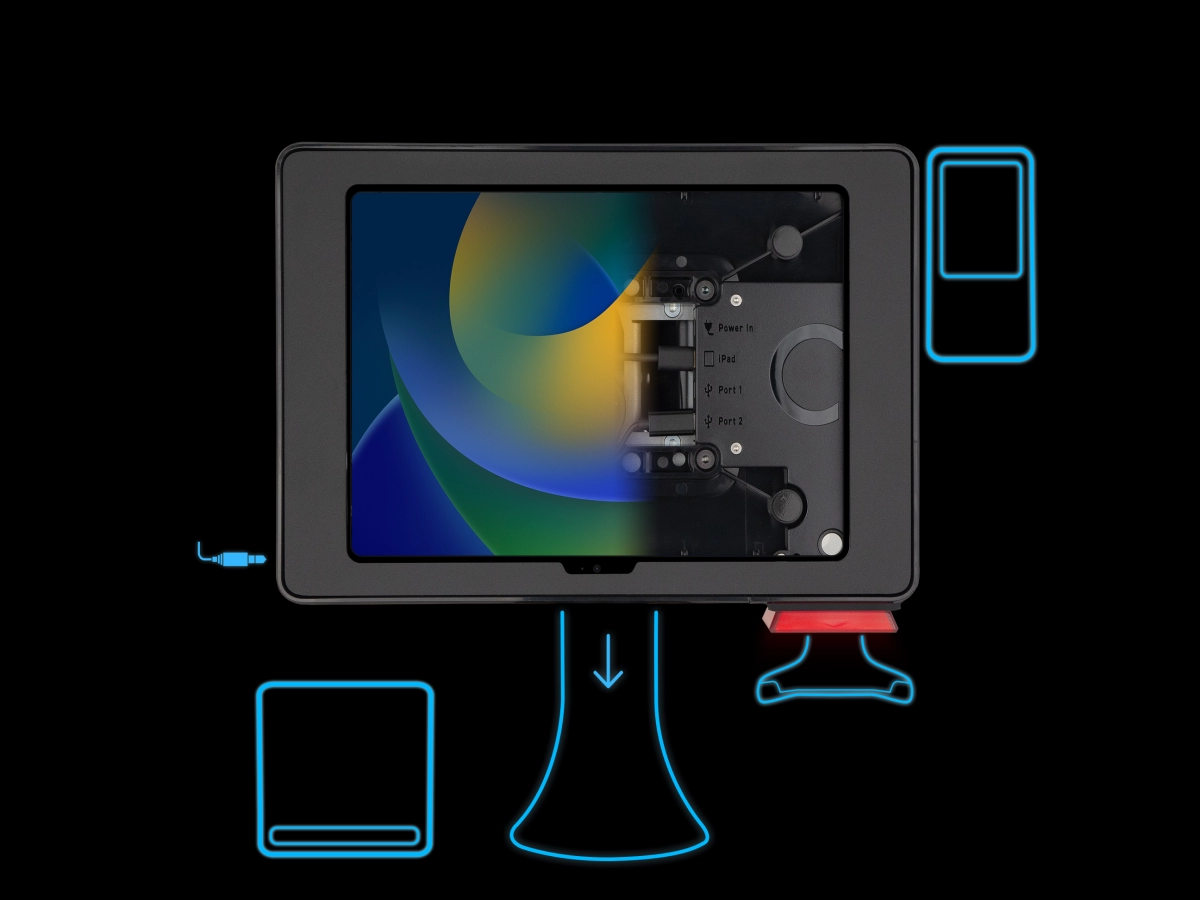Self-Service POS Kiosk Features Benefits and Business Solutions 2025

Are you struggling to choose the best self-service POS kiosk for your business? Finding the right POS kiosk can transform your operations, boost efficiency, and delight your customers.
As a business owner, I know firsthand how critical it is to invest in tools that streamline transactions and enhance the customer experience. That’s why I’ve crafted this guide, packed with practical insights and real-world expertise, to help you navigate the world of self-service POS kiosks in 2025.
In this post, you’ll discover what makes self-service POS kiosks a game-changer, their key benefits, and how to pick the perfect solution for your restaurant, retail store, or hotel. Some tips are proven, others are cutting-edge, but they’re all designed to drive results.
Let’s dive in and unlock the power of self-service POS kiosks for your business!
What Are Self-Service POS Kiosks
Definition of Self-Service POS Kiosks
Self-service POS kiosks are interactive touchscreen devices that allow customers to manage their own transactions without direct staff assistance. These systems empower users to browse menus, select products, customize orders, and complete payments independently, creating a faster and more convenient experience.
Key Components of Self-Service POS Kiosks
A typical self-service POS kiosk relies on a combination of hardware and software working together:
- Touchscreen POS hardware including payment terminals that support card, mobile, and contactless payments
- software TPV designed to handle order workflows smoothly, guiding customers through selections and checkout
- POS integration that connects the kiosk to existing inventory and sales systems, keeping data synchronized in real time
These components combine to create a seamless transaction flow tied to a business’s overall POS system compatibility.
Common Use Cases for Self-Service POS Kiosks
Self-service POS kiosks are proving valuable across multiple industries by improving efficiency and customer experience:
- Restaurantes use touchscreen POS kiosks to speed up food ordering and reduce long lines during peak hours
- Tiendas minoristas deploy kiosks for quick product purchases and easy checkout processes without cashier queues
- cURL Too many subrequests. benefit by letting guests order services, amenities, or food at their convenience
- Healthcare facilities apply kiosks for patient check-ins and payment handling, streamlining administrative tasks
By adapting to these various settings, self-service POS kiosks meet the unique needs of each industry while boosting operational efficiency and enhancing experiencia del cliente.
Benefits of Self-Service POS Kiosks for Businesses

Self-service POS kiosks bring a range of advantages that can boost your business operations and improve customer satisfaction. Here’s how:
Increased Efficiency with Faster Checkouts
One of the biggest upsides is speed. Self-service POS kiosks let customers place orders and pay without waiting in line for a staff member. This means faster checkouts and reduced wait times, especially during busy hours. For businesses like restaurants, retail stores, and hospitality venues, this efficiency keeps customers moving and frees up your team to focus on other tasks.
Cost Savings by Automating Transactions
Using self-service kiosks helps lower labor costs since routine transactions no longer require staff assistance. This automation cuts down on the need for a large checkout team and reduces human error during order taking. It’s a smart way to save money cURL Too many subrequests.
cURL Too many subrequests.
cURL Too many subrequests. cURL Too many subrequests. cURL Too many subrequests.
cURL Too many subrequests.
cURL Too many subrequests. cURL Too many subrequests.cURL Too many subrequests.
cURL Too many subrequests.
cURL Too many subrequests. cURL Too many subrequests.cURL Too many subrequests.
cURL Too many subrequests.
cURL Too many subrequests.

cURL Too many subrequests.
cURL Too many subrequests.
- cURL Too many subrequests.cURL Too many subrequests.
- Ordering: They select items, customize options (like toppings or sizes in restaurants), and add everything to their cart. This easy order workflow cuts down mistakes and speeds things up.
- Payment: Once the order is ready, the kiosk guides the user through payment using built-in payment terminals. Options usually include credit/debit cards, mobile wallets, and sometimes cash or gift cards.
This seamless process improves the overall customer experience by giving people control, privacy, and convenience.
Integration with Existing POS Systems
A big advantage of self-service POS kiosks like those from SDLPOS is their compatibility with popular POS systems such as Square and Toast. This means:
- Orders placed at the kiosk sync automatically with your main POS system.
- Inventory updates happen in real-time, reducing the risk of overselling.
- Sales data feeds directly into reporting tools for accurate tracking.
- Streamlined workflows between front-end customer actions and back-end operations.
This level of POS integration is essential for smooth operations in busy restaurants, retail, or hospitality businesses.
Customization Options for Branding and Accessibility
Self-service kiosks are not one-size-fits-all. You can tailor many features to fit your brand and customer needs:
- Menu Design: Customize the layout, colors, fonts, and images to match your brand identity.
- Order Workflows: Adjust prompts and steps to simplify ordering or upsell popular items.
- Accessibility Features: Include options like text-to-speech, adjustable font sizes, and multi-language support to accommodate all users.
- Hardware Choices: Select kiosk sizes and payment terminal types that fit your space and customer flow.
These customization options help make your self-service POS kiosk more engaging, easier to use, and aligned with your business goals.
Choosing the Right Self-Service POS Kiosk for Your Business
Elegir lo mejor self-service POS kiosk is key to getting the most out of your investment. Here’s what you need to focus on:
Ease of Use for Customers and Staff
A kiosk should be simple and intuitive to use. If customers get stuck or frustrated, you risk losing sales and hurting the customer experience. Look for:
- Clear touchscreen menus that guide users through ordering and payment smoothly.
- Fast-loading software with minimal steps to complete transactions.
- Accessibility features for all users, including options for larger text and easy navigation.
From a staff perspective, choose a system that’s easy to manage and update. The POS software should integrate well with your backend, making inventory and order workflows easy to control.
Space Requirements and Placement
Your business layout plays a big role in choosing the right hardware. Consider:
- How much floor space cURL Too many subrequests.
- cURL Too many subrequests.
- cURL Too many subrequests.
cURL Too many subrequests.
cURL Too many subrequests. upfront costs cURL Too many subrequests.
- cURL Too many subrequests.
- Considerar cURL Too many subrequests. cURL Too many subrequests.
- cURL Too many subrequests. cURL Too many subrequests. cURL Too many subrequests.
cURL Too many subrequests.
cURL Too many subrequests.
- cURL Too many subrequests. cURL Too many subrequests.
- cURL Too many subrequests.
- cURL Too many subrequests.
cURL Too many subrequests. ease of use, space, budget, and customization — you’ll find a self-service POS kiosk that truly fits your business needs and helps improve your customer experience and operations.
